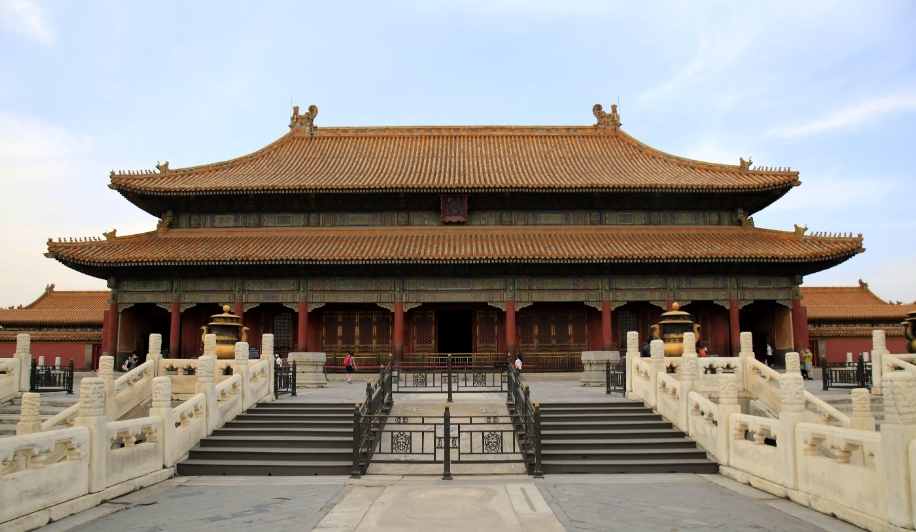
The Forbidden City: Secrets and Wonders of an Imperial Palace
The Forbidden City, a UNESCO World Heritage Site since 1987, stands as a testament to China's rich history and architectural prowess. But beyond its grandeur lie fascinating secrets and intriguing facts that offer a glimpse into the lives of emperors and the workings of a bygone era. Here are some intriguing truths about this iconic landmark:
A City Within a City:
- Massive Scale: The Forbidden City truly lives up to its name as a "city" within a city. Covering a sprawling 178 acres (72 hectares), it dwarfs other palace complexes globally.
- Architectural Marvel: With over 980 buildings meticulously arranged within its walls, the Forbidden City boasts an astonishing number of rooms – exceeding 8,728 spaces. This vast network of halls, temples, residences, and courtyards housed the emperor, his family, and thousands of servants, guards, and officials.
A Wooden Wonder:
- Medieval Masterpiece: The Forbidden City holds the title of the largest collection of medieval wooden structures still standing today. This feat is even more impressive considering its age, with some buildings dating back to the 15th century.
- Ingenious Engineering: Constructed without the use of nails, the buildings utilize a sophisticated system of interlocking wooden brackets and joints – a testament to the ingenuity of ancient Chinese architecture.
Imperial Residence and More:
- Home to Emperors: For nearly five centuries, 24 emperors from the Ming and Qing dynasties called the Forbidden City home. It served as the political and ceremonial center of the Chinese empire, where emperors held court, received dignitaries, and conducted state affairs.
- A Forbidden Realm: The name "Forbidden City" (紫禁城, Zǐjìnchéng) highlights its exclusivity. Commoners were strictly prohibited from entering without special permission, emphasizing the emperor's absolute authority and the sacredness of the space.
Beyond the Walls:
- Myths and Legends: Over the centuries, the Forbidden City has become shrouded in myths and legends. Stories of secret passages, hidden treasures, and courtly intrigues continue to fascinate visitors and fuel imaginations.
- A Window into the Past: Today, the Forbidden City stands as a museum, offering a captivating glimpse into China's imperial past. Visitors can explore its magnificent halls, admire its intricate artwork, and imagine the lives of those who lived and worked within its walls.
Q&A:
-
Q: How long did it take to build the Forbidden City? A: Construction of the Forbidden City began in 1406 and lasted for an impressive 14 years, finally completed in 1420.
-
Q: What is the significance of the color scheme used in the Forbidden City? A: The dominant colors, yellow and red, hold deep symbolic meaning. Yellow, representing the emperor, is used for roof tiles and important decorations. Red, symbolizing happiness and good fortune, features prominently in walls and pillars.
-
Q: Why was the Forbidden City closed off to commoners? A: The Forbidden City's closure emphasized the emperor's supreme power and divine right to rule. It was believed that the emperor, as the "Son of Heaven," resided in a sacred space, separate from the outside world.
note: This return of all, without the author's permission, may not be reproduced